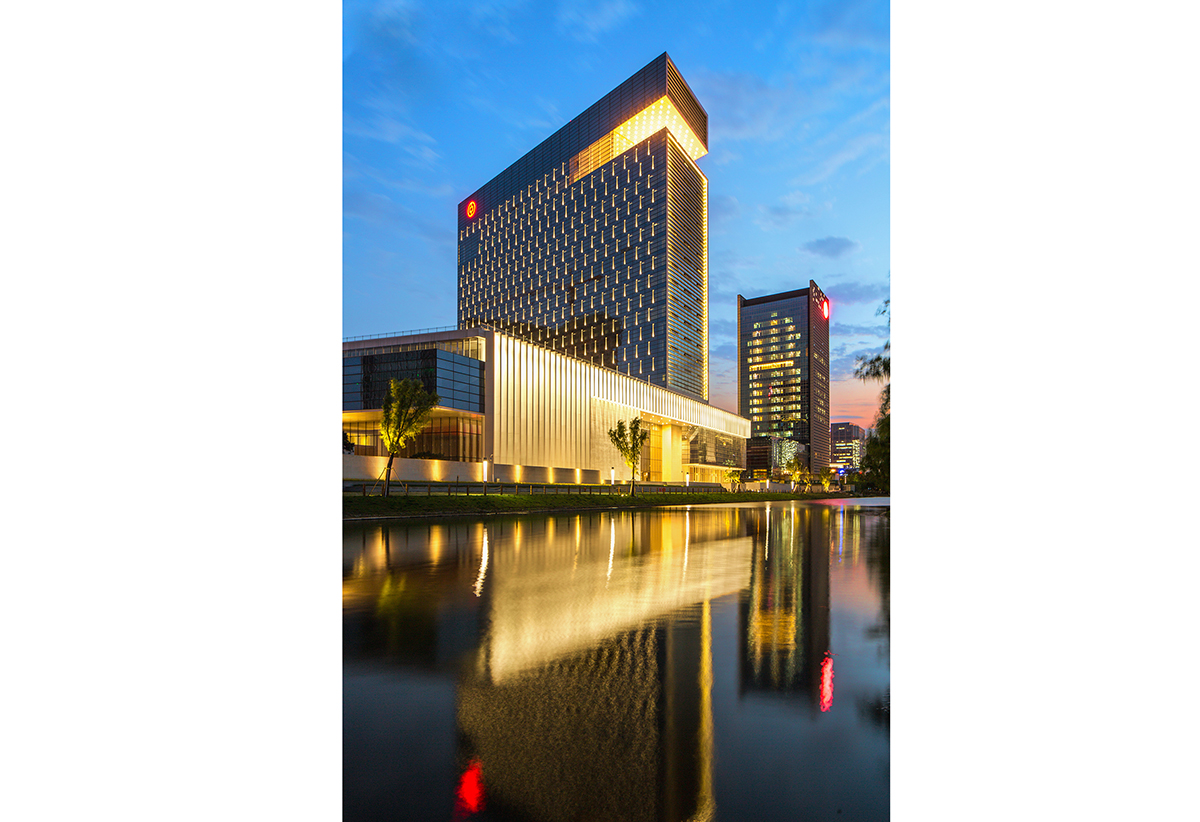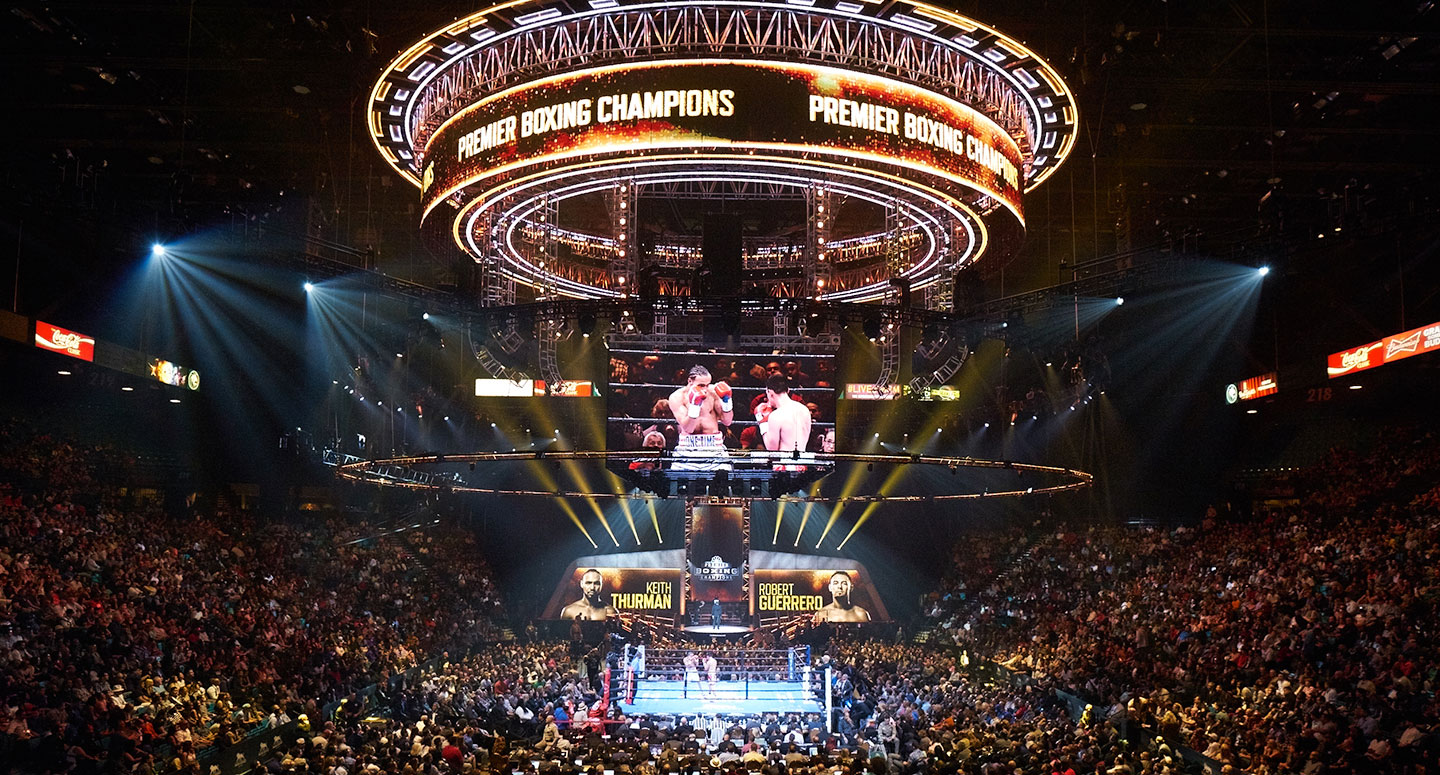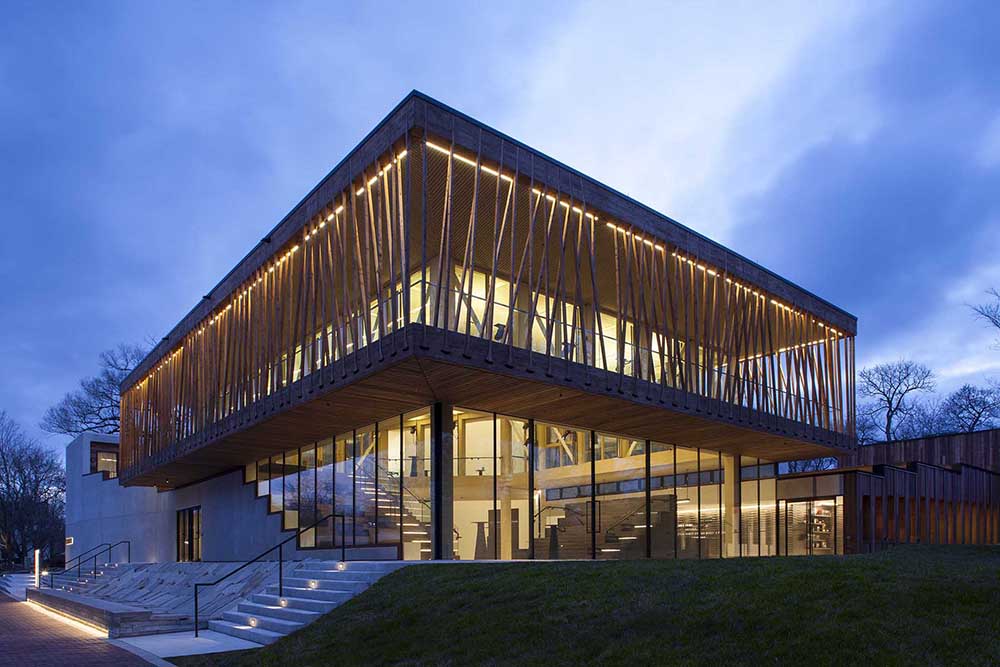When principals Norm Schwab and John Featherstone founded Lightswitch 25 years ago, they did so with the intention of creating a truly different and distinctive lighting and visual design company. Now that Lightswitch has grown in both expertise and geographic markets, its leaders feel a great sense of pride when they look back over the past quarter century—and excitement as they plan for the future. Recently, five of the principals—Norm Schwab, John Featherstone, Chris Medvitz, Howard Wener, and Brad Malkus—sat down to answer some questions and reflect on the first 25 years of the firm. Read Part One and Part Two here.
Twenty-five years is a great milestone! What have the biggest changes in technology been over the past two and a half decades?
John: Clearly LED and convergence technology, but for me, the biggest change to the process and my work flow is Previz. Norm saw this coming years ago and was a very early adopter of Previz. I use this for pretty much every show, and not only as a lighting design tool, but for communication, validation, and collaboration with the broader creative team both during the design process and on site. Previz is a gamechanger!
Norm: I agree that Previz has been a savior, mostly because of the lack of time that we get to create onsite, but also as John says for its future as a complete collaboration tool for the creative team on any project. I would also say that the complete digitalization of our world has actually moved rather slowly within the lighting world because the numbers of units sold are just not there to justify the expense. There are still so many "I wish we had this" items, like Moving Digital Projectors, lights that color and light level balance themselves, etc. It has been tempting to want to create custom tools. To me, 3D printers hold great promise for the future ability to print custom optics and parts that we can use on specific projects.

Chris: The emergence of LED technology has changed everything. It's taking the traditional fixtures we have used for decades and made them more efficient, and flexible. But it has also opened up the possibilities for all sorts of other form factors, and most significantly, has allowed us to put pixels on anything, and blur the lines between lighting, video, and scenery/architecture.
Brad: Obviously, the move to LED is the big story, but this has also brought with it much greater complexity in lighting control systems. My first arena shows were done on two 6-channel manual controllers—one for each hand. Things have changed a bit since then. It's great to see how today's young designers are so in tune with the control interfaces that are available to them. Anything is possible!
Howard: Another area of innovation that has had great impact on our "permanent" work is the move to 3D drafting, particularly the development of Revit. I feel that there is still a long way to go before it reaches its potential, but it is clearly going to allow project teams to collaborate more effectively and make work at the jobsite much more efficient.

How has video impacted your work as lighting designers in entertainment, corporate, and other areas?
Norm: I have completely embraced the blurring of the lines between video, lighting, scenery, and architecture. Whether we are producing the content or collaborating with others, the idea of a timeline-based, pixel-driven world is revolutionary—as is sometimes not using any of it!
John: My philosophy is that our ultimate client, the audience, doesn't look at a show as “Oh, that’s video, and that’s scenic, and that’s lighting.” They look at it as a holistic, immersive, and integrated experience. So regardless of the area and regardless of whether we are creating the content or someone else is, video is an opportunity to create more immersive experiences, and more holistic and integrated visual tableaus. This makes for more memorable experiences for the audience, and happier clients for us, which results in more business, and more opportunities.
Chris: The blurring of disciplines has resulted in our roles expanding beyond lighting design into media, but also overall show design as we use video content to control lighting, and to paint architecture. This seems to be happening or has already happened in almost every market we work in.
Brad: I haven't done any large-scale live performance work since the video wall/media server revolution began, but the merging of video and lighting has certainly become a major design consideration in the theme park work that we do. We are also seeing it beginning to find its way into the museum market, which is very exciting. The Hamilton Exhibition and the current King Tut exhibition are excellent examples of this.

Where do you see yourselves and Lightswitch in another 25 years?
Norm: I think we created Lightswitch to not just be a vehicle for employment, but also as a philosophic statement on collaboration, and the role of a team within the professional world. It would be great to continue to guide this principle forward as we get older and pass it on to others.
John: I think we're really excited by the blend of real and virtual. I have a friend who is a supervising animator at Pixar, and they have a robust lighting department—without one single physical light! I think the opportunity to create lighting designs in the virtual word is really exciting, and in 10 years, I'd like 25% of our work to be in the digital realm.
Chris: Bigger! Better!
Brad: This question has been on our minds a lot recently. We are becoming aware that the hard work that started with John and Norm 25 years ago has created a truly valuable enterprise that we are all extremely proud of. As a result, there has been a lot of discussion among the principals about “succession.”
Howard: We are beginning to explore ways in which the next generation of designers—many of whom are already part of our family—can begin to take an active role in directing the future of our brand. It’s very exciting to think that Lightswitch has the potential to be around long after the five of us have stepped away from it. Ultimately, this may be the most satisfying aspect of the work we have done together.